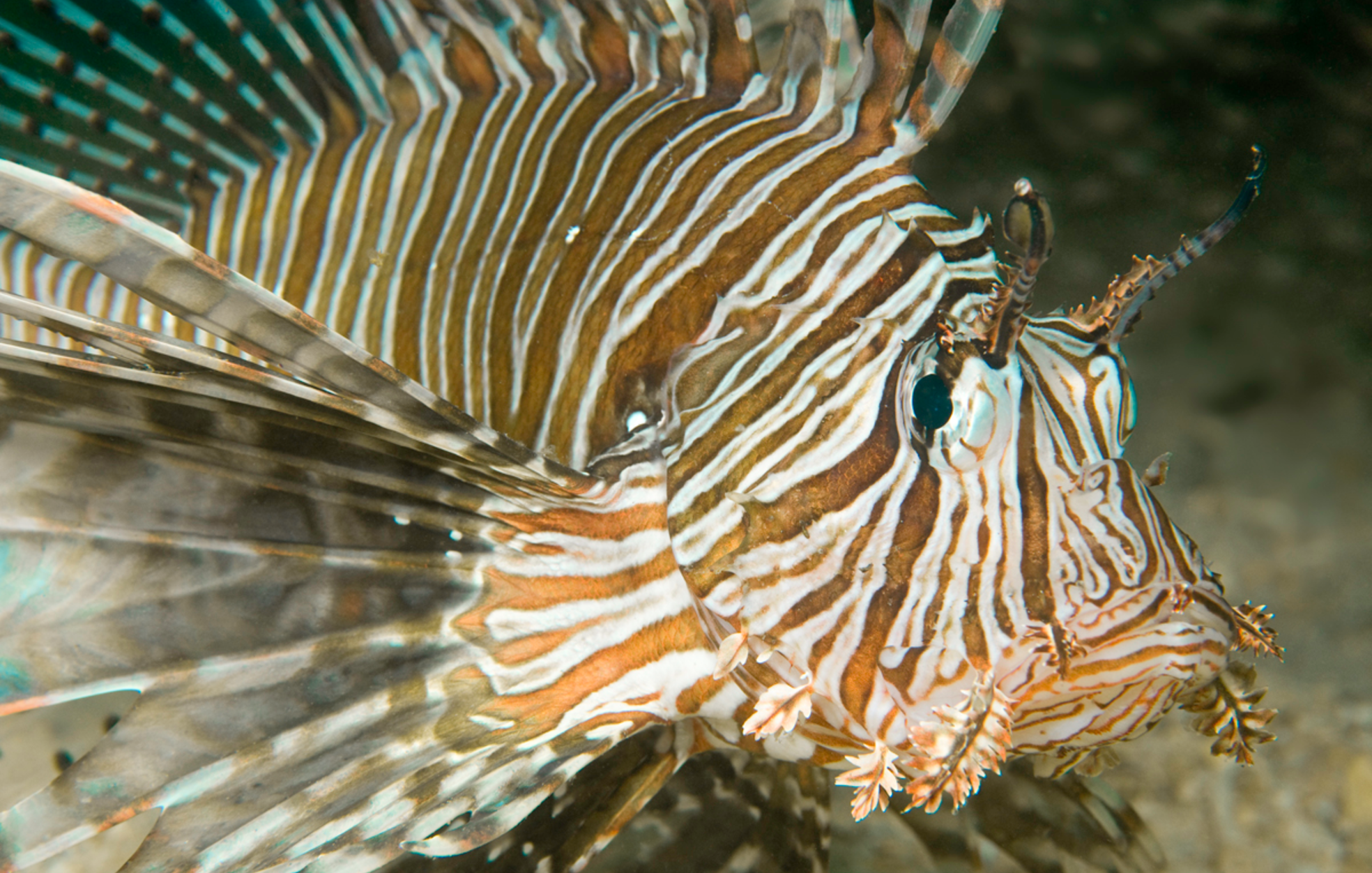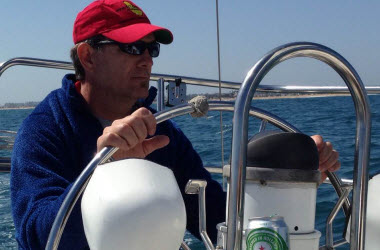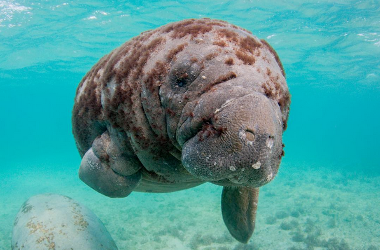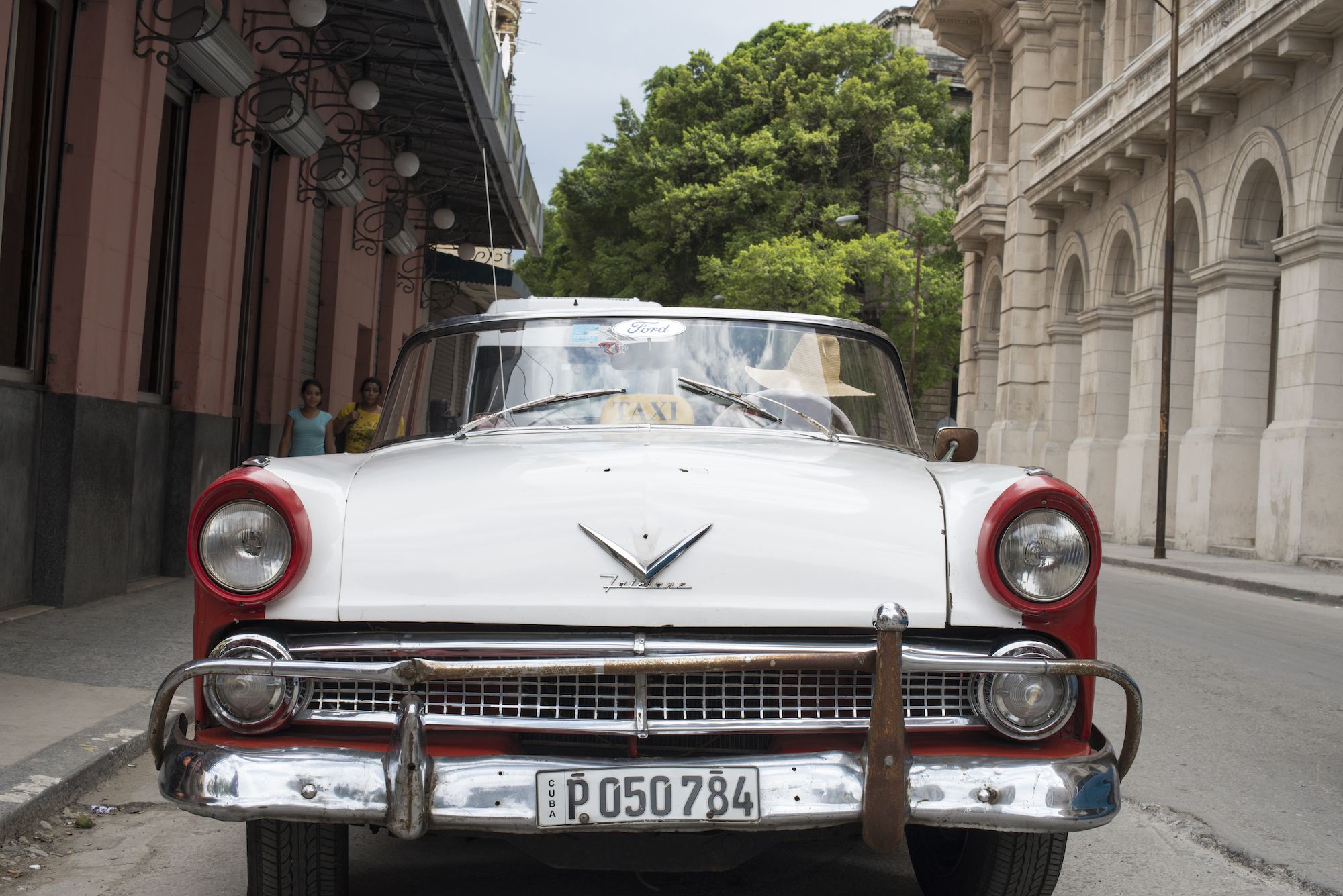November 01, 2016
The Caribbean is under attack. A ferocious invader is devouring its way across the Caribbean Sea. This savage creature is able to consume up to 30 times its own stomach volume - that would be like a human consuming almost eight gallons in one sitting! And it eats just about anything swimming or crawling. As long as it fits in its gaping maw, it’s on the menu. Feeding on the natives with impunity, this invader is changing the dynamics of the ecosystem.
One member of this alien race can reduce local juvenile populations by almost 80% in just five weeks. Read that as mow through an entire generation of natives in just over a month. A month. An entire generation of native species gone. Many of which are already struggling to survive and sustain their dwindling populations. Not only are they insatiable, these invaders are out-competing the locals for food, causing additional stress on the fragile community.
Without any natural predators, this alien has exploded in population. From a minimal start of only six to eight individuals that were thought to have been released from their confinement, the population has boomed. Estimates count almost 1,000 of these invaders per acre in some locations. Is it any wonder when females can produce 2 million eggs a year and become sexually mature after only a year?
They’re voracious. They have no known predators. They have high fecundity. They appear to be here to stay.

No, it’s not Spielberg's latest summer blockbuster. It’s lionfish.
While there are 12 species of lionfish in the world, the two invading the Caribbean, Atlantic Ocean, and now the Mediterranean Sea are the red lionfish, Pterois volitans, and the common lionfish, Pterois miles. Programs have begun throughout the Caribbean to “train” sharks to feed on lionfish - remember these animals did not evolve together, sharks throughout the Atlantic and Caribbean don’t “know” to eat them. Grouper would be another lionfish predator, however their numbers are so low, their impact on the lionfish population would be minimal.
What can you do to help? Eat them. Many dive shops and restaurants are promoting lionfish roundups, opportunities for divers to collect as many lionfish as possible with prizes for the most caught and the largest individuals. It is open season on lionfish and there are no limits on the number of animals that can be harvested. Lionfish can be collected by spear, net, or hook and line - just watch out for those dorsal spines, they’re packed with poison making lionfish venomous, but not poisonous, so eat up!
The moral of this story: Don’t release your pets to the wild, you never know what sort of damage they will cause.




